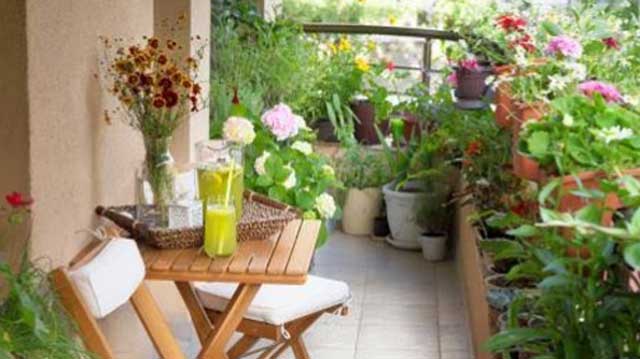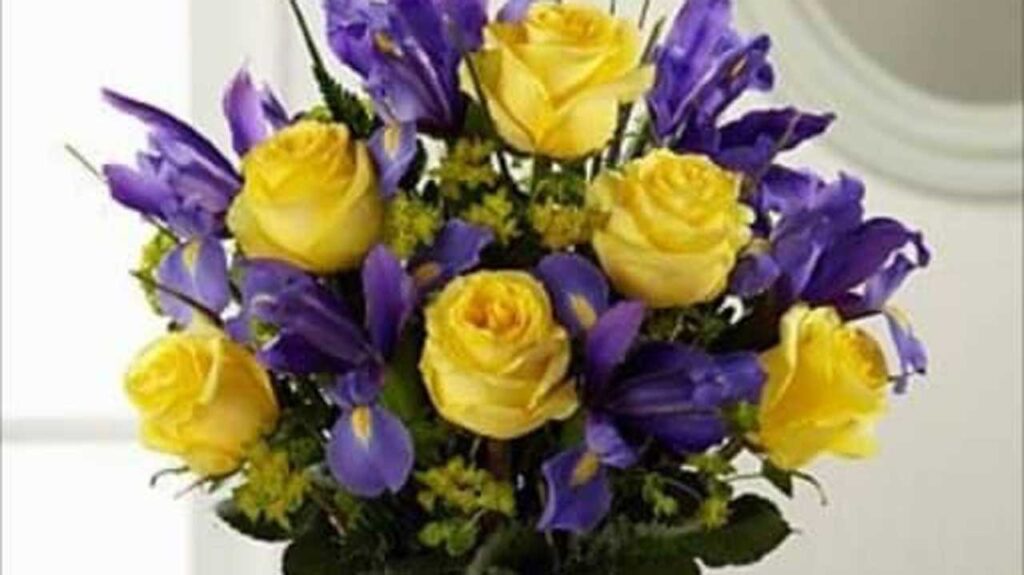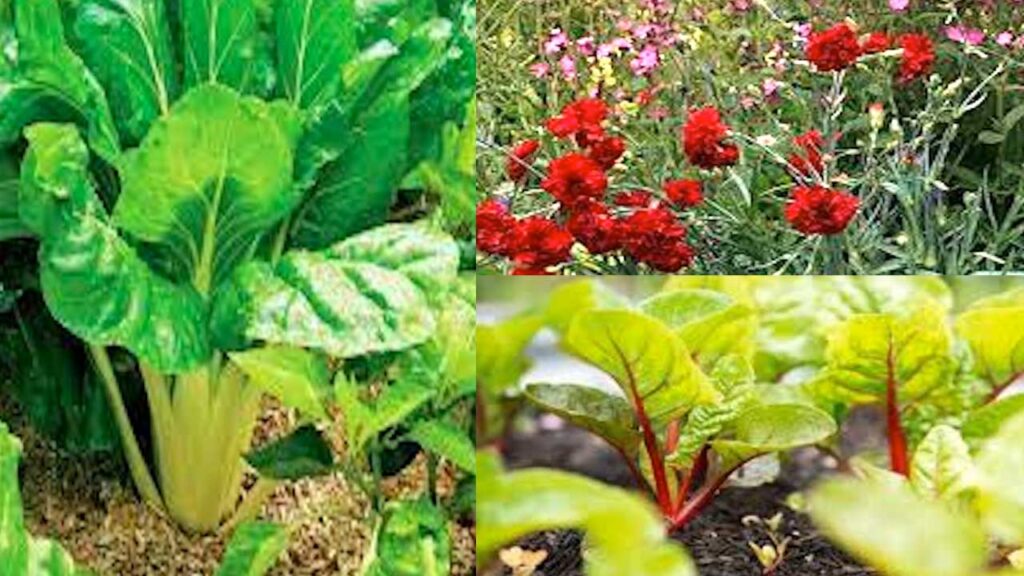
FLOWER Preservation: Is as early as the history of man, although deliberate floral preservation is a more recent phenomenon. Plant materials when preserved, remain in good condition for years. In fact, dry garlands and wreath of blue delphinium and lotus blossoms, retaining good color and form, were found in open Egyptian tombs dating back to 1700 BC (that’s nearly four thousand years ago! In the Middle East, the bones of pre historic man were discovered with delicate wild flowers probably as a tribute to a passing loved one. Evidence of the deliberate use of specific flowers is indicated by the pollen grain that were present. These flowers were approximated to be 4,000 years old. In the sixteenth century medicinal nosegays began to give way to ornamental ones. Flowers essentially started to be used for decorative purposes such as jewelry, fans and gloves. During the Elizabeth Age the once familiar ruff were replaced by soft lacy colars, and bosom flowers also became popular. Out of the Victorian era grew the fascination of communicating with flowers carried in nosegays. The idea of the language of flowers developed when it was decided that giving and receiving a bouquet of flowers, when the flowers themselves carry a message (or meaning), gives much greater pleasure. Drying and preserving flowers and plant materials is a form of artistic expression that was made popular by the Victorian culture and is not only popular today, but has grown to become an important industry contributing significantly to the global economy, trade and employment. Materials Many different kinds of plant materials are used in dried floral arts among them flowers foliage, grasses grains, branches, berries, seeds, nuts, cones, fruits and vegetables. The materials may be living or dried, or artificial. Initially, man was restricted to using native wildings or uncultivated plants, but as civilization developed over a period of thousand years, man became less dependent on the season and on the resources prevalent of the particular region in which he lived. As means of transportation improved, and trading grew, plants were introduced from foreign countries and many have been hybridized to improve or vary shape, size and color. Global industry In the last century the floral decorator had enormous variety to create because plant materials can be flown from one part of the world to another. Since the 19th century when extensive green house cultivation made it possible to purchase flowers at any time of the year in the western world, there have been commercial growers of plant materials who supply the world’s wholesale markets. The Netherlands, for example is famous for the 10-mile stretch of green houses in Aalsmeer near Amsterdam. In the United States, California and Florida, have vast areas of cultivation for commercial flowers and plant materials. Dried or dehydrated flowers or plant parts or Botanicals (roots, leaves, stems, bark or whole plants) are a core part of the floral industry and can be used for ornamental purposes. They are globally accepted as natural, eco-friendly, long lasting and inexpensive. Pot-pourris is a major segment of dry flower industry. Easy availability of products from nature, of a manpower for intensive craft making and availability of wide range of products throughout the year are reasons for development of dry flower industry in Nigeria. India, a developing country like Nigeria is a major exporter of dried flowers to the tune of 15 per cent of world trade in dry flowers. The industry shows a growth rate of 15 per cent annually. The industry provides direct employment to about 100,000 persons and indirect to over a million. Nigeria which has the advantage of a tropical climate, with plants growing all the year round why can we not create sustainable means of livelihood for millions of the unemployed by developing a horticultural scheme under the Agricultural Transformational Agenda that will train and support its people in this entrepreneurial venture. The process of dried flowers involves drying, bleaching and coloring after their collection. Suitable packing methods are needed for their storage, transport and marketing. In India nearly 60 per cent of the raw materials are sourced from the forest and plains, only 40 per cent of the flowers are cultivated for drying, bleaching and coloring. Old Methods of Flower Preservation One of the earliest methods of preserving flowers is by drying. Many plants retain their shape and color when air-dried naturally. Air drying is the easiest method of preserving flowers and plant materials and the cheapest. Many garden flowers and wild plants can be collected, strip foliage from fresh cut flowers. Tie together at the stem ends in loose bundles with rubber bands or pipe cleaners and hang upside down in a warm, dry, dark area. With good air circulation flowers take 1 to 3 weeks to dry completely. Most flowers can be dried on their own stems, however, some flowers, such as strawflowers, have a weak stem. Snip flower heads from stems to use singly, or insert florist wire into flower and gently wrap around each stem for support. Wait for flowers to completely dry, and then sort the plants by flower types and sizes, and store them in air tight container until ready to use. Dried plant materials can be stored in cardboard boxes 20 plants are protected from insects and rodents. Certain garden flower (among them celosia, alliums, cockscomb, hydrangea, baby’s breath, marigold, okra, grasses (ornamental) strawflower, cattails, xevanthemum) can be gathered at their peak of bloom and dried by hanging them upside down, or lay them on drying racks or screams raised off the ground.
Pressing Placing fragile flowers and foliage between layers of newspaper and weighting to keep them flat is the best method, since newspapers are very absorbent. Another method of pressing to maintain a natural look is to collect branches at their peak of color and place them face down on five or six thicknesses of newspapers. Cover with the same amount of newspaper. Do not use too much weight but only enough to hold the papers and branches in place. Leave for 5 to 10 days.The foliage should last indefinitely. The products can be used for floral art especially floral pictures, hand made greeting cards, place mats, laminated lamp shades, candles and more A 17th century Italian writer on horticulture P. Giovanni Batista Ferrari, described a process of gently burying the flower heads in clean, sun dried sand, allowing them to remain in a sun heated place for several months. The same method was used in the 19th century. Later, borax was used, and in the 20th century silica gel, because of its ability to absorb moisture. This solution is gently brushed between and over every petals. Since this method of drying does not preserve the stems, the flower heads must be wired before they are arranged, composed, mounted and framed as pictures – practice especially popular with 19th century Romantics, who preserved floral souvenirs as sentimental personal memorabilia. In pursuit of Eternity Throughout history in every conceivable medium man has created artificial plant materials. The Chinese fashioned peony blossoms (their national floral emblem) and fruits from semi-precious stones and carved jade leaves, which were assembled into small trees. God lotus blossoms were highly treasured in Eastern Asia. For Europeans royalty in the late 19th century, the Russian born jeweler Peter Carl Faberge (1846-1920) designed exquisite single-stemmed flowers of gold, enamel, gems, and semi precious stones set in small rock –crystal pots. During the 18th and 19th centuries, the sevre porcelain factory in France produced porcelain flowers with stems and leaves of ormolu (a metallic alloy resembling gold). At the same time, the Royal Worcester, Crown Stafford shire, and Royal Doulton factories in England became world famous for their highly realistic porcelain floral arrangement, which are still made. The Victorians developed a home craft of making and arranging flowers and fruits, wax, cloth, yarn, feathers, shells and seeds were used to make flowers and fruit, decorations which were either framed or placed under glass domes. The most curious of these 19th century decorations were wreaths and flower displays made by twisting, knotting and weaving the hair of one’s family and friends around wire supports. Beaded flowers for cemetery and funerary bouquets have been popular in France since 19th century and paper flowers for festivals and home decoration have become a major folk art medium in Mexico and Japan, because of their relatively low costs, durability, and easy maintenance (an occasioned washing or dusting), plastic flowers and plants are in such area demand that their production has become an important 20th industry. Though still primarily used in public places, plastic plant materials are increasingly found in private homes. Today many are becoming increasingly interested in growing and collecting plant material for preserving and designing not only for home decoration, but for profit. You need only to develop a seeing eye to spot the many materials nature offers. A wealth of materials exists around the home, alongside roads. They may be cultivated flowers or those considered as weeds. Each will have a particular characteristic that qualifies them for use in dried arrangement, keep alert to materials the year around. Since children have “nothing to do” they might become interested in the hobby of collecting and preparing materials. With a piece of ground, they can grow decorative item such as Indian corn, kaffir corn, gourds, okra pods, martynia and other beauties. There are great demands for dried floral. People can become gainfully employed in this craft and they could set up roadside display to sell their products. People can sell from home where they work or find outlets through gift shops, department stores, supermarkets, garden centers. Plant materials vary from region to region, but all can be suitable to methods of preservation whether for pleasure or for profit. Keeping close to the earth does not cost much, and the generous wealth of nature belongs to everyone.






